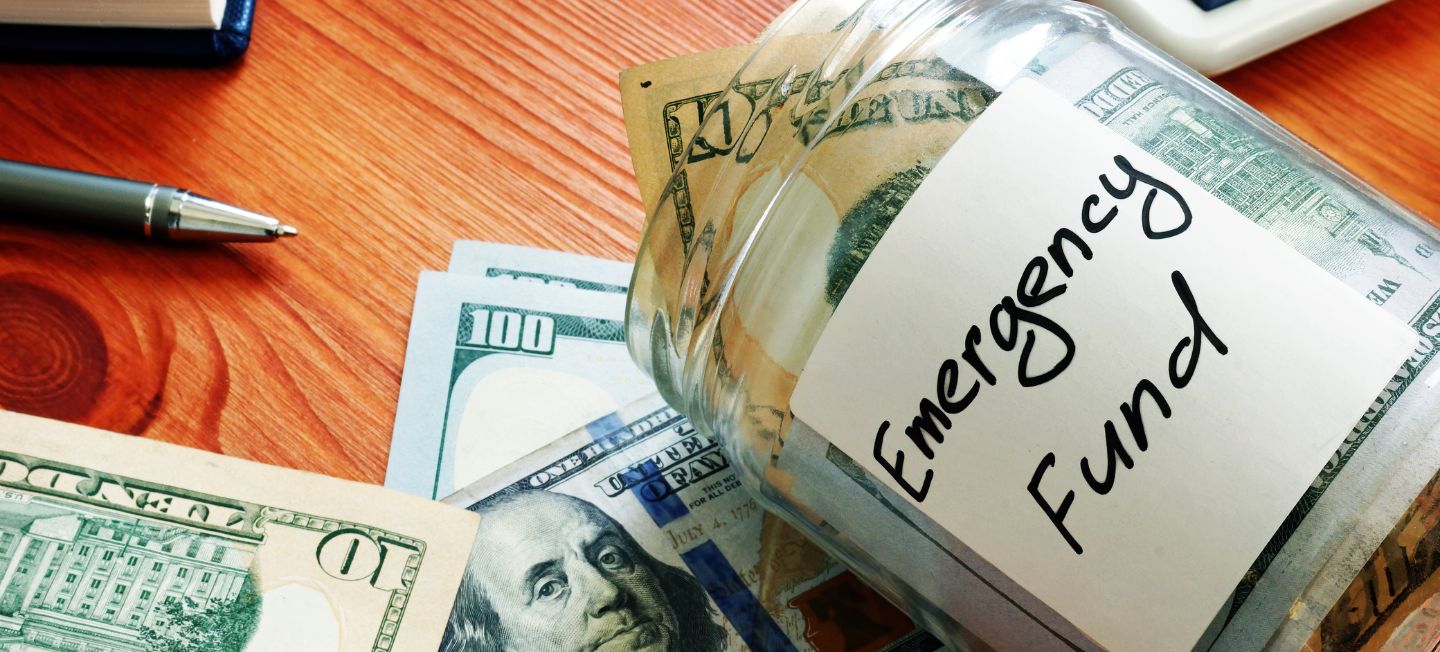
Unexpected expenses can derail even the most carefully planned budget. From surprise medical bills to car repairs, not having a financial cushion can turn a stressful situation into a crisis. Learning how to build an emergency fund is one of the most empowering steps you can take toward long-term financial stability.
Explore simple, proven strategies to begin saving, no matter your income or starting point.
Why an Emergency Fund is Crucial
Setting up an emergency fund gives you a cushion when the unexpected hits. Medical bills, car trouble, or temporary job loss can throw off your finances overnight. Without savings, it’s easy to fall into debt just trying to get by.
An emergency fund helps you stay on track, avoid high-interest credit cards, and feel more in control. It protects your long-term goals and reduces stress during life’s toughest moments. Even saving a little at a time builds momentum. Having a plan and a dedicated account can make all the difference when life doesn’t go as planned.
Steps to Create an Emergency fund
Building an emergency fund doesn’t require a big paycheck or drastic changes. It starts with steady, intentional steps. You’ll build lasting habits and real momentum toward greater financial security by breaking the process into manageable actions.
Assess Your Current Financial Situation
Begin by tracking your income and monthly expenses. Review your bills, subscriptions, and daily purchases. Look for trends or categories where spending adds up. Free budgeting tools or a simple spreadsheet can help you see exactly where your money is going. From there, you can shift some toward savings.
Set A Realistic Savings Goal
Emergency funds typically cover three to six months of expenses. That might feel out of reach, so start with a more attainable number, such as $250 or $500. Small goals help you build confidence. As you reach each one, increase your target. Every dollar saved is one step closer to peace of mind.
Crete a Budget and Identify Savings Opportunities
List your income and fixed costs, then carve out space for savings. Identify areas to reduce, such as dining out, unused services, or impulsive buying. Redirect that money to your emergency fund. Even small adjustments can accelerate your progress.
There are several free tools online, like spreadsheets, that you can use to organize your income vs. spending habits and calculate where you can cut automatically.
Automate Your Savings
Set up automatic transfers from your checking account to a separate savings account. Automation removes effort and helps you stay consistent. It keeps your fund growing, even when life gets busy.
Tips For Saving on a Tight Budget
Saving can feel out of reach when every dollar counts, but small changes add up faster than you think. If you’re wondering how to save for an emergency fund while managing a tight budget, focus on low-effort, high-impact strategies that work in your daily life.
Start Small and Be Consistent
Even $5 a week builds momentum. Consistent deposits, no matter how small, reinforce the habit of saving. Treat it like a regular bill you pay for your future self.
Take advantage of Community Resources
Look for free or discounted services in your area to help reduce everyday expenses. Local libraries, food pantries, public events, and school programs can ease pressure on your monthly budget. We’re here to help, too. At Commonwealth Credit Union, we support our members with tools, tips, and savings options to help you reach your goals, even when money is tight.
Start Building Your Emergency Fund Today
Creating an emergency fund takes time. When you understand your finances, set realistic goals, and stay consistent, you're building financial confidence with every deposit. You don’t need a perfect plan to get started. Open a savings account with Commonwealth Credit Union and begin today.
